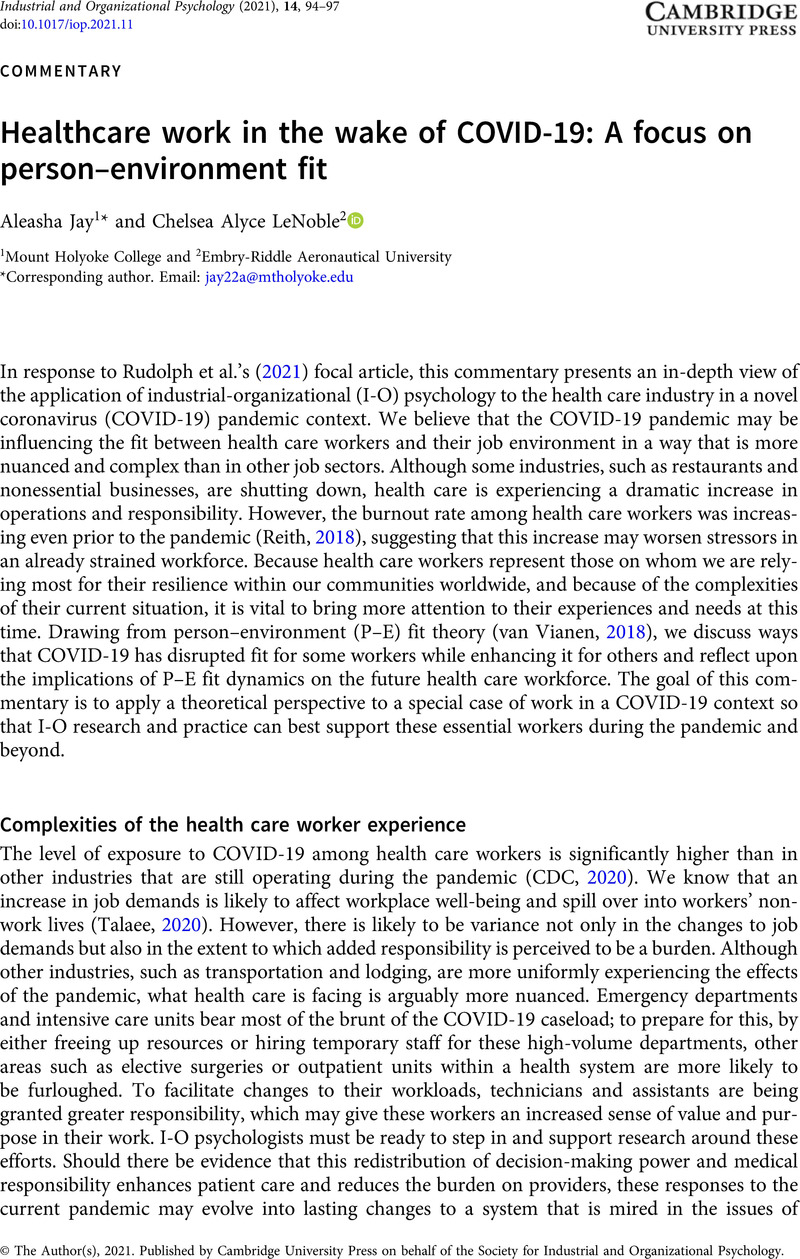Crossref Citations
This article has been cited by the following publications. This list is generated based on data provided by Crossref.
Agarwal, Reeti
and
Mehrotra, Ankit
2023.
Work-Stress Content Analysis Using Social Media Data.
FIIB Business Review,
p.
231971452311679.





